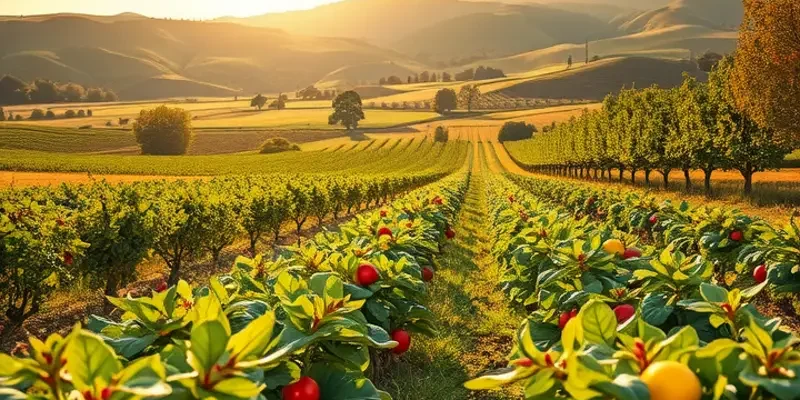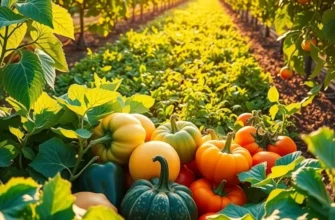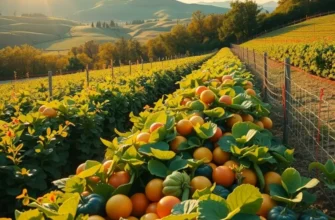Dairy consumption is a hot topic among those seeking sustainable food options. As awareness about the environmental impact of food choices grows, many individuals are looking for ethical ways to enjoy dairy products. This guide explores various approaches to consuming dairy responsibly, supporting both animal welfare and the planet. By making informed choices, you can indulge in dairy while minimizing your ecological footprint.
Understanding the Environmental Impact of Dairy
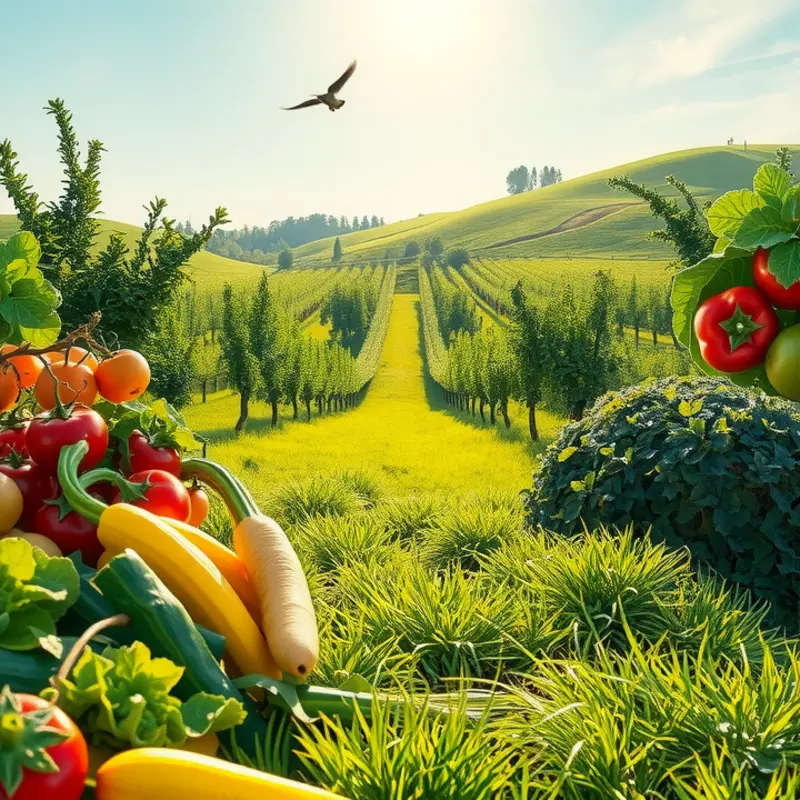
Conventional dairy farming carries a substantial environmental footprint, primarily due to its significant greenhouse gas emissions, intensive water usage, and resultant land degradation. These factors not only exacerbate climate change but also threaten biodiversity on a global scale.
The dairy industry is a significant contributor to greenhouse gases, including methane, nitrous oxide, and carbon dioxide. Cows naturally emit methane during digestion, a process known as enteric fermentation. Methane is a potent greenhouse gas, over 25 times more effective at trapping heat in the atmosphere than carbon dioxide over a 100-year period. Alongside methane, nitrous oxide emissions result from manure management and fertilizer application, each adding to the atmospheric burden.
Water usage in dairy farming is another area of concern. Producing a single liter of milk requires approximately 1,000 liters of water, taking into account the water consumed by cows and used in feed crop production and farm maintenance. This consumption intensity places immense pressure on water resources, often diverting supplies away from vital human needs and natural ecosystems.
Land degradation is also a critical issue. Dairy farming often necessitates significant amounts of arable land for growing feed crops. Intensive farming practices can lead to soil erosion, nutrient run-off, and loss of arable land, further exacerbating environmental challenges. This can ultimately reduce biodiversity as monocultures replace diverse plant species, leading to habitat destruction and a decline in wildlife populations.
Addressing these issues through sustainable practices is crucial for mitigating climate impact and preserving biodiversity. Implementing regenerative farming techniques can vastly reduce carbon footprints by improving soil health and enhancing carbon sequestration. These practices include rotational grazing, which helps maintain pasture quality and boost soil biodiversity, aiding in the natural storage of carbon.
Supporting farms that prioritize organic feed, limit antibiotic use, and maintain high animal welfare standards fosters a more sustainable model of dairy production. Reducing water usage through recycling technologies and efficient water management systems reduces stress on natural water resources. Additionally, engaging in conservation efforts can enhance biodiversity around dairy farms.
By making more informed choices about dairy consumption, consumers can influence these practices significantly. Opting for products from farms focused on sustainability directly supports the reduction of environmental damage associated with dairy farming. For further insight into reducing food-related environmental impacts, read about eco-smart kitchen storage techniques that complement mindful consumption habits.
Environmental consciousness in dairy farming is not just about reducing emissions; it’s about reshaping practices to ensure that ecosystems remain resilient and diverse, paving the way for a sustainable future.
Choosing Ethical Dairy Alternatives
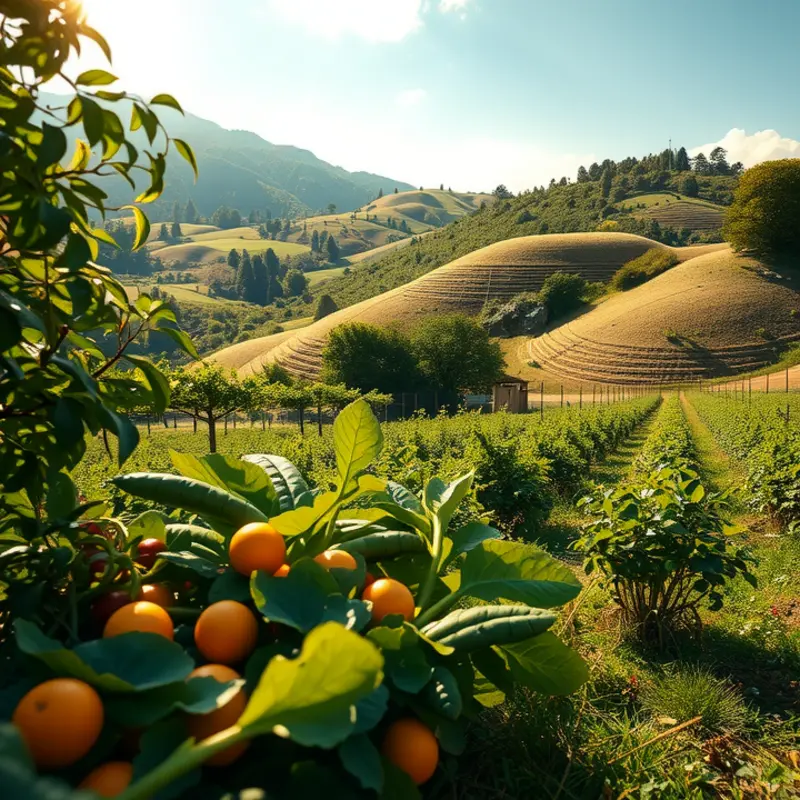
Embracing ethical dairy alternatives is not just a dietary choice; it’s a commitment to environmental stewardship and animal welfare. By exploring different options, you can significantly reduce your carbon footprint while aligning with values of sustainability and humane treatment.
One of the most popular shifts in recent years has been towards plant-based milk. Options such as almond, oat, soy, and coconut milk are widely available and often have a much lower environmental impact compared to traditional dairy. Almond milk, for instance, requires less water than cow’s milk when produced in areas where almond yields are high. Oat milk is another favorite, praised for its creamy texture and reduced land use. However, being mindful of the energy-intensive processing of these products and seeking brands with eco-conscious practices can further reduce your impact.
For those not ready to entirely give up dairy, choosing sustainably sourced dairy is a step in the right direction. Look for labels that certify humane treatment and environmental responsibility. Organic certifications often indicate fewer pesticides and better pasture management, which supports soil health and biodiversity. Moreover, some farms take steps to reduce methane emissions, a significant greenhouse gas contributor from dairy farming, by utilizing innovative technologies and practices.
Local farms often prioritize humane treatment of animals and can also offer a more sustainable alternative. Supporting them not only reduces the carbon footprint associated with transporting goods over long distances but also helps maintain biodiversity and the local economy. Local dairy farms might provide insights into their farming practices, allowing you to make informed choices about the treatment of animals and land stewardship.
Transitioning to ethical dairy alternatives without compromising taste or nutrition can be manageable with a few strategies. Consider gradually integrating plant-based options into your diet, blending them with your usual choices. This gradual approach allows your palate to adjust. Nutritionally, some plant-based milks are fortified with calcium and vitamin D to match the profile of cow’s milk, making the transition smoother.
For cooking, understanding the nuances of each plant-based option is crucial. Oat milk’s creamy texture works well for baking, while soy milk’s high protein content makes it ideal for savory dishes. Exploring recipes adapted for these alternatives can open up a world of new culinary experiences.
Interested in learning more about incorporating plant-based products into your meals? Check out this guide on easy plant-based eating, which provides practical insights and tips.
Every small choice contributes to a larger impact. By selecting ethical dairy alternatives, you’re not just making a dietary shift but participating in a movement towards a more sustainable and humane world.
Final words
Embracing ethical dairy consumption is an empowering step toward supporting sustainable practices and protecting our environment. By understanding the impact of traditional dairy farming and exploring plant-based options, individuals can make informed choices that align with their values. Whether you opt for local, humanely-raised dairy products or adopt a plant-based diet, your decisions contribute to a healthier planet. Every small change adds up, and by working collectively, we can create a more sustainable food system that prioritizes ecosystem health alongside personal wellness. Take pride in your dairy choices—they can make a significant difference.

